Introduction
Ginkgo nuts, also known as ginkgo seeds or white fruits, are derived from the Ginkgo biloba tree, one of the oldest living tree species on Earth. Native to China, these nuts have been valued for their medicinal and culinary properties for centuries. While the ginkgo tree is renowned for its resilience and unique fan-shaped leaves, its seeds offer a nutritious and flavorful addition to various dishes. However, handling and consuming ginkgo nuts require some precautions due to their potentially toxic compounds. This article will guide you through the process of safely handling and preparing ginkgo nuts for consumption.

Understanding Ginkgo Nuts
Ginkgo nuts are enclosed within a fleshy, foul-smelling orange-yellow outer husk. Inside this husk lies a hard, tan-colored shell that protects the edible kernel, known as the ginkgo seed or nut. The kernel itself has a slightly sweet and nutty flavor, with a texture that can be described as chewy yet slightly starchy.
Despite their culinary appeal, raw ginkgo nuts contain a substance called ginkgotoxin, primarily found in the greenish coating that surrounds the kernel. This toxin can cause nausea, vomiting, diarrhea, and, in severe cases, neurological symptoms if consumed in large quantities. Therefore, proper handling and preparation are crucial to ensure safe consumption.
Harvesting Ginkgo Nuts
Harvesting ginkgo nuts typically occurs in the fall, when the trees shed their fruits. Here are some steps to follow when harvesting ginkgo nuts:
-
Identification: Ensure you are collecting nuts from a Ginkgo biloba tree. The leaves of this tree are distinctive, with a fan-like shape and a deep green color.
-
Gathering: Collect the fallen fruits by hand or using a net or cloth to catch them as they fall. Avoid using rakes or similar tools that might damage the nuts.
-
Storage: Place the collected fruits in a well-ventilated, cool, and dry place. The husk can begin to rot and emit a strong odor, so prompt processing is advisable.
Processing Ginkgo Nuts
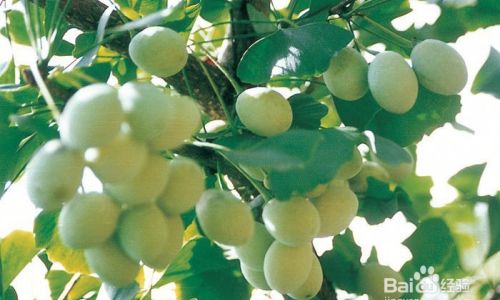
Once harvested, ginkgo nuts require careful processing to remove the toxic components and make them safe for consumption. Here’s a step-by-step guide:
-
Removing the Husk: The first step is to remove the fleshy outer husk. This can be done by hand, but wearing gloves is recommended due to the strong, unpleasant odor and potential skin irritation. Alternatively, you can soak the nuts in water for a few days, which will soften the husk and make it easier to peel off.
-
Cracking the Shell: Once the husk is removed, you will need to crack open the hard shell to access the kernel. This can be done using a nutcracker, hammer, or vice. Be careful not to crush the kernel, as it can affect its texture and flavor.
-
Removing the Greenish Coat: The kernel is surrounded by a thin, greenish coat that contains the majority of the ginkgotoxin. This coat must be removed carefully. You can do this by soaking the kernels in water for a few hours, then rubbing them gently between your fingers or using a vegetable brush to loosen and remove the coat. Rinse thoroughly under running water.
-
Boiling: After removing the coat, boil the kernels in water for about 10-15 minutes. This further reduces any residual toxins and improves their digestibility. Drain and rinse the kernels once cooked.
-
Drying: To store the processed kernels for later use, dry them thoroughly. You can do this by spreading them out on a baking sheet and letting them air-dry at room temperature, or by using a food dehydrator. Once dry, store them in an airtight container in a cool, dark place.
Cooking with Ginkgo Nuts
Ginkgo nuts can be incorporated into various dishes, adding a unique flavor and nutritional value. Here are some delicious and creative ways to cook with ginkgo nuts:
-
Roasted Ginkgo Nuts:
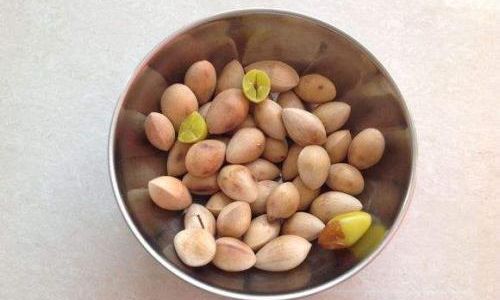
- Preheat your oven to 350°F (175°C).
- Spread the dried, processed ginkgo kernels on a baking sheet in a single layer.
- Lightly toss with olive oil, salt, and any desired spices (e.g., paprika, garlic powder).
- Bake for about 15-20 minutes, stirring occasionally, until golden brown and fragrant.
- Remove from the oven and let them cool slightly before enjoying as a snack.
-
Ginkgo Nut Porridge:
- Combine processed ginkgo kernels, rice or oatmeal, water or milk, and a pinch of salt in a pot.
- Bring to a boil, then reduce the heat and simmer until the grains are tender and the mixture has thickened to your liking.
- Stir in honey, maple syrup, or a handful of raisins for added sweetness, if desired.
- Serve warm, topped with nuts, seeds, or fresh fruit.
-
Ginkgo Nut Stir-Fry:
- Heat a tablespoon of vegetable oil in a wok or large skillet over medium-high heat.
- Add sliced garlic, ginger, and red pepper flakes (optional) and sauté until fragrant.
- Add your choice of vegetables (e.g., broccoli, bell peppers, snap peas) and stir-fry for a few minutes until tender-crisp.
- Add the processed ginkgo kernels and continue to stir-fry for another 2-3 minutes.
- Season with soy sauce, salt, and pepper to taste.
- Serve hot over rice or noodles.
-
Ginkgo Nut Soup:
- In a large pot, sauté chopped onions, carrots, celery, and garlic in olive oil until softened.
- Add vegetable broth, processed ginkgo kernels, and diced potatoes.
- Bring to a boil, then reduce the heat and simmer until the potatoes are tender.
- Season with salt, pepper, and herbs (e.g., thyme, rosemary) to taste.
- Serve warm, garnished with chopped parsley or chives.
-
Ginkgo Nut Candy:
- In a saucepan, combine sugar, water, and a few drops of vanilla extract.
- Heat over medium heat, stirring constantly, until the sugar syrup reaches the soft-ball stage (about 235°F or 113°C on a candy thermometer).
- Remove from heat and stir in the processed ginkgo kernels.
- Pour the mixture onto a buttered baking sheet and let it cool until firm.
- Break into pieces and enjoy as a sweet treat.
Nutritional Benefits of Ginkgo Nuts
Ginkgo nuts are not only delicious but also packed with nutrients that offer various health benefits. Here are some of the nutrients found in ginkgo nuts and their potential health benefits:
- Protein: Ginkgo nuts are a good source of plant-based protein, which is essential for muscle repair and growth.
- Fiber: The fiber content in ginkgo nuts aids in digestion and helps maintain bowel health.
- Vitamins and Minerals: Ginkgo nuts contain vitamins E, C, and B vitamins, as well as minerals like magnesium, potassium, and phosphorus, which are vital for overall health.
- Antioxidants: Ginkgo nuts are rich in antioxidants, particularly flavonoids and terpenoids, which help protect cells from damage caused by free radicals.
- Potential Cognitive Benefits: While the research is ongoing, some studies suggest that compounds found in ginkgo biloba extract (derived from the leaves, not the nuts) may improve cognitive function and reduce the risk of certain neurodegenerative diseases. However, it’s important to note that these studies have primarily focused on extracts, not the nuts themselves.
Conclusion
Ginkgo nuts offer a unique and nutritious addition to your culinary repertoire. With their slightly sweet and nutty flavor, they can be incorporated into a variety of dishes, from snacks and porridge to stir-fries and soups. However, handling and preparing ginkgo nuts require attention to detail to ensure their safety. By following the steps outlined in this article, you can enjoy the delicious and healthful benefits of ginkgo nuts without worrying about potential toxins. Whether you’re roasting them for a crunchy snack, adding them to a hearty stir-fry, or incorporating them into a soothing soup, ginkgo nuts are sure to become a favorite ingredient in your kitchen. So, the next time you come across a Ginkgo biloba tree in the fall, consider harvesting its fruits and giving them a try!
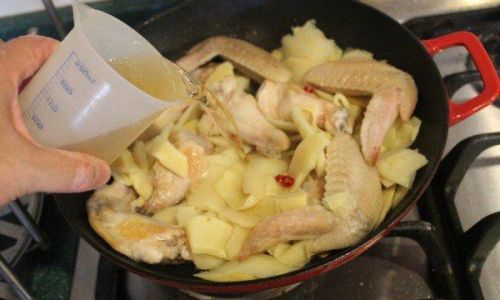
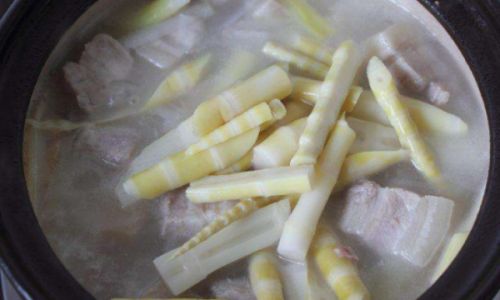
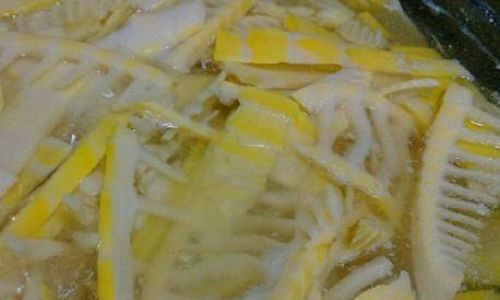
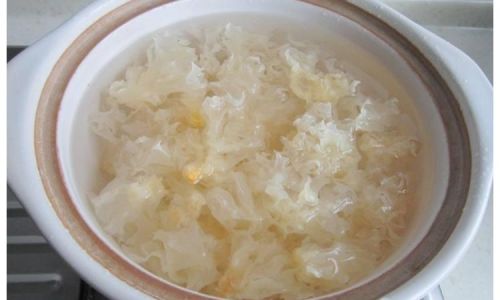
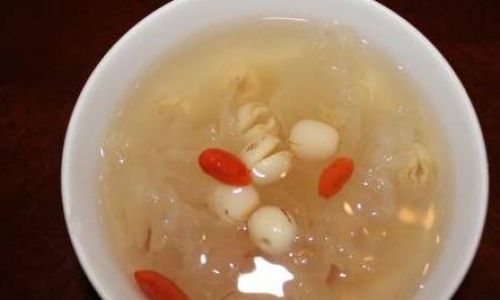

0 comments